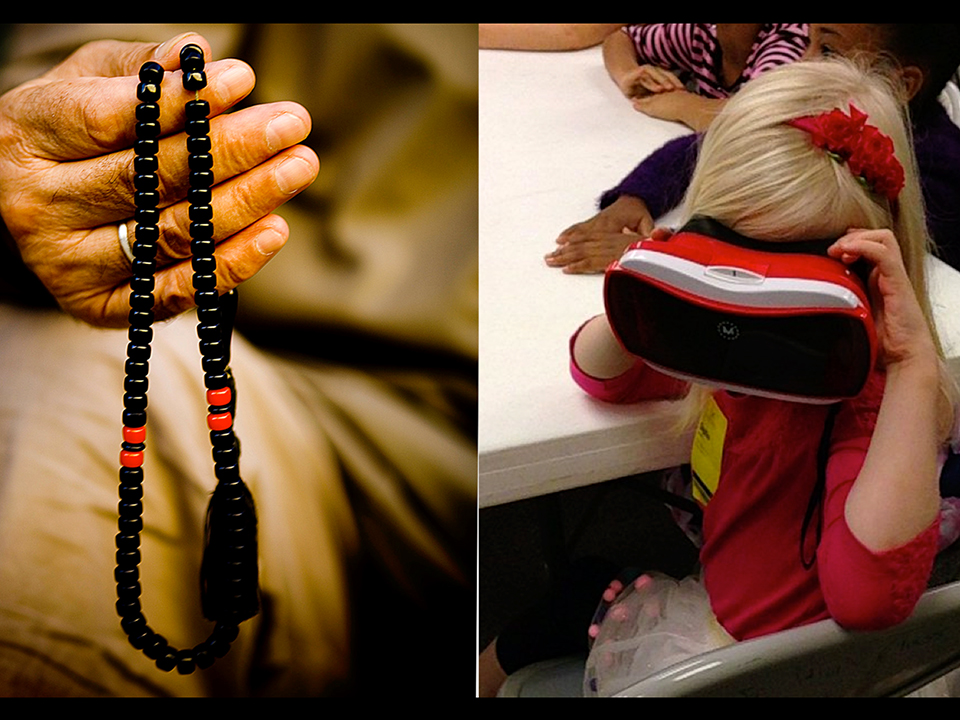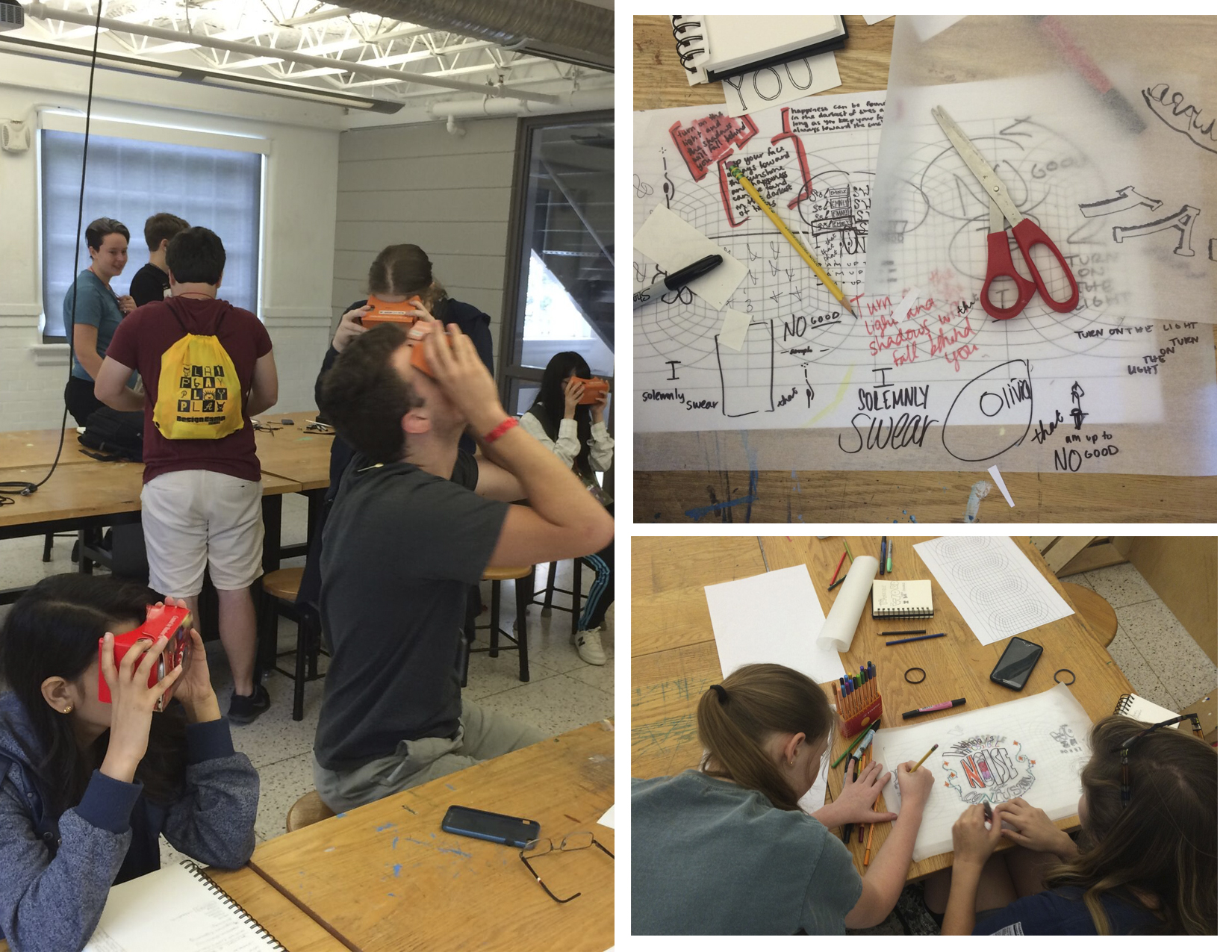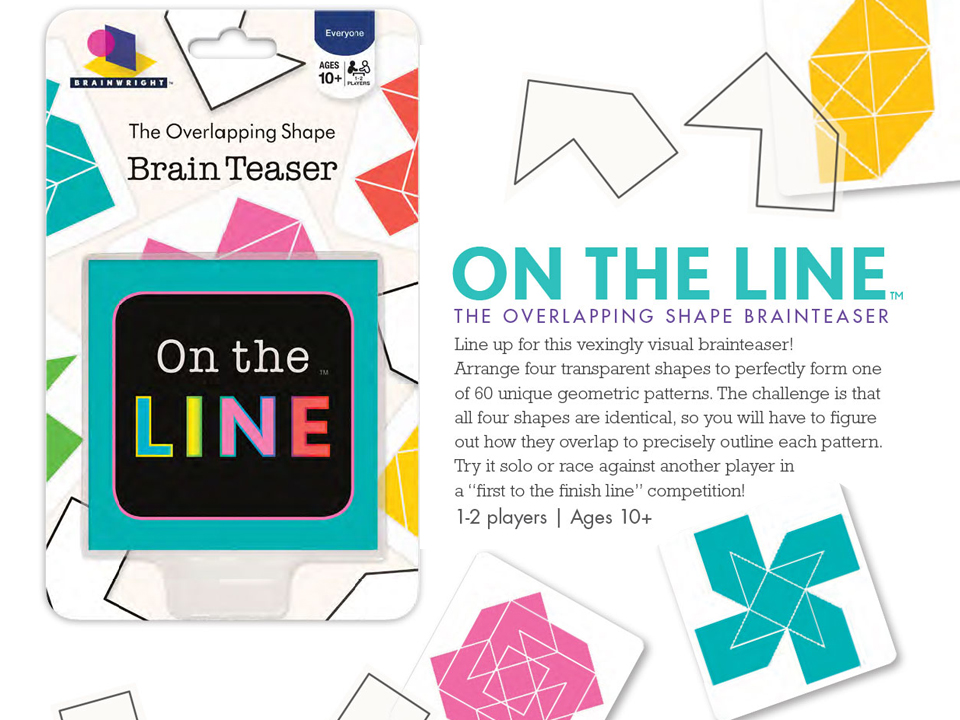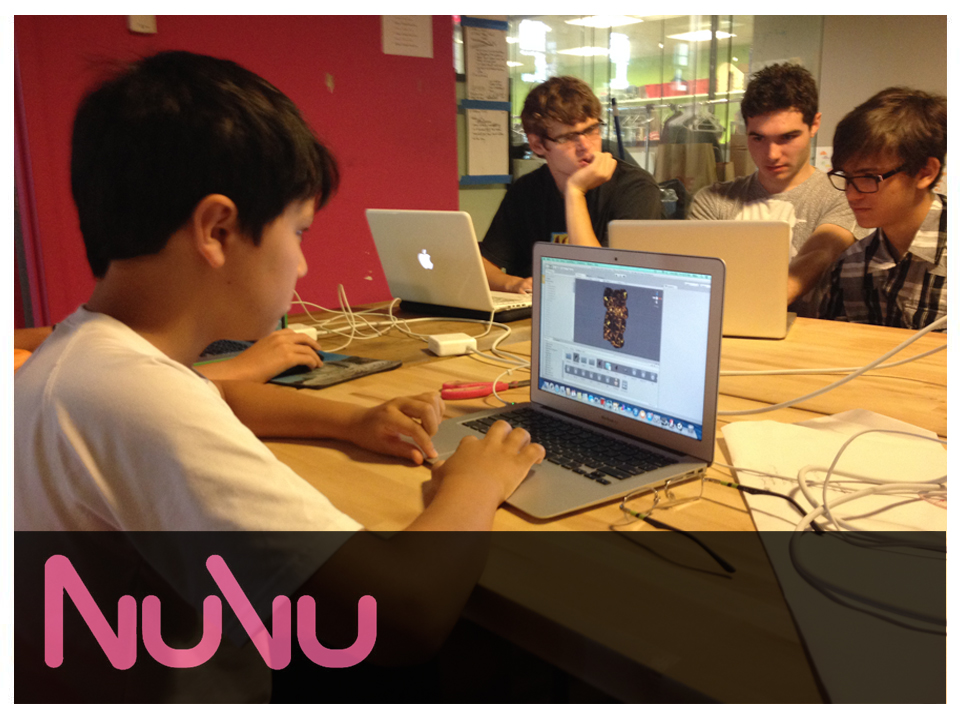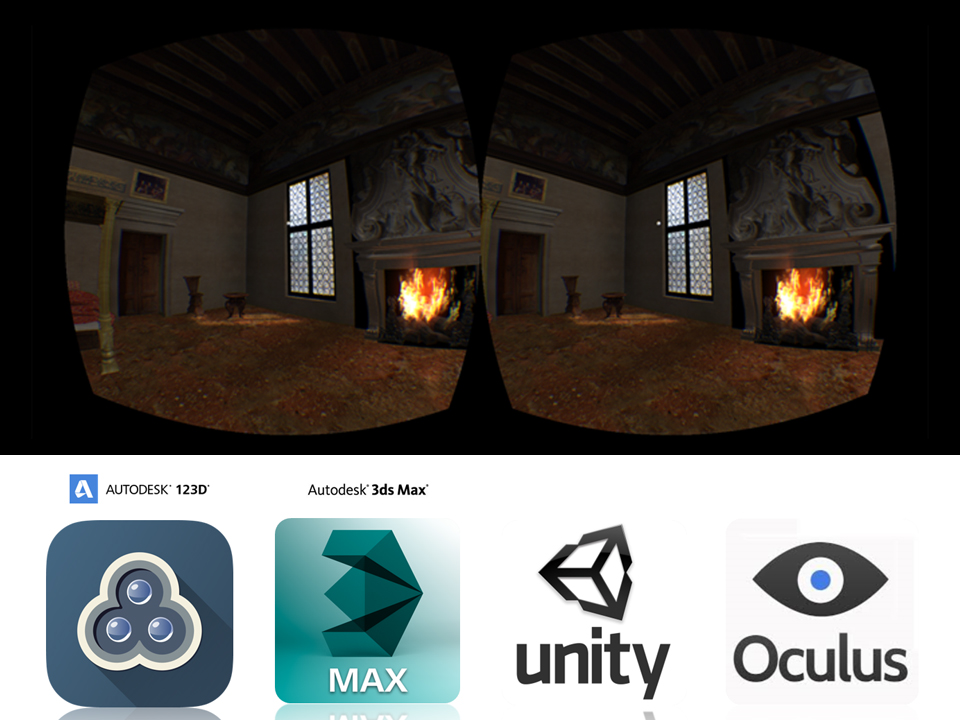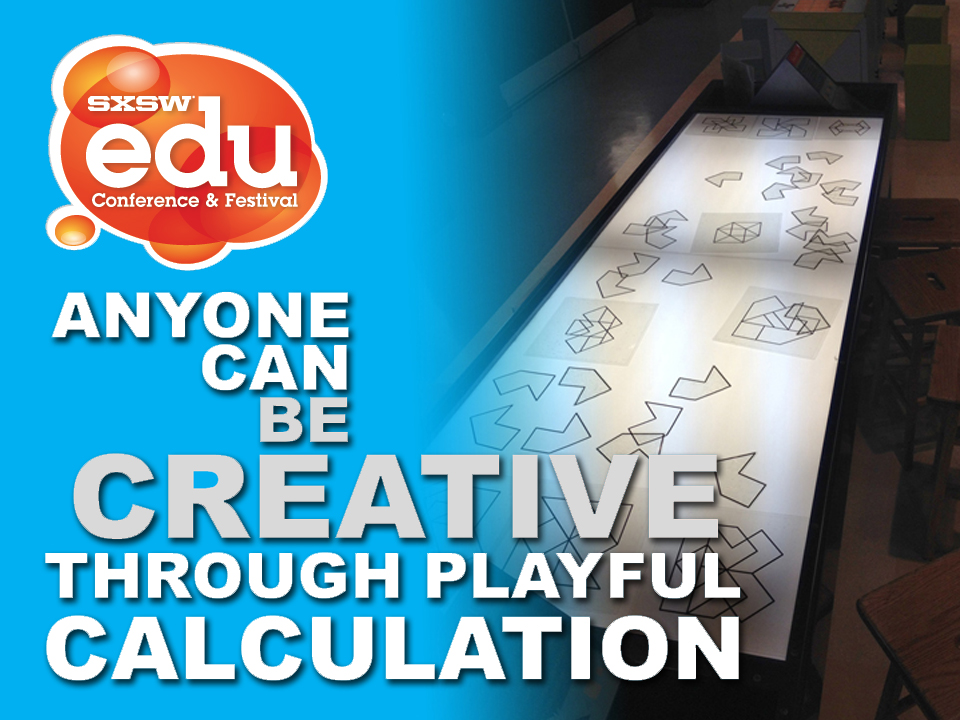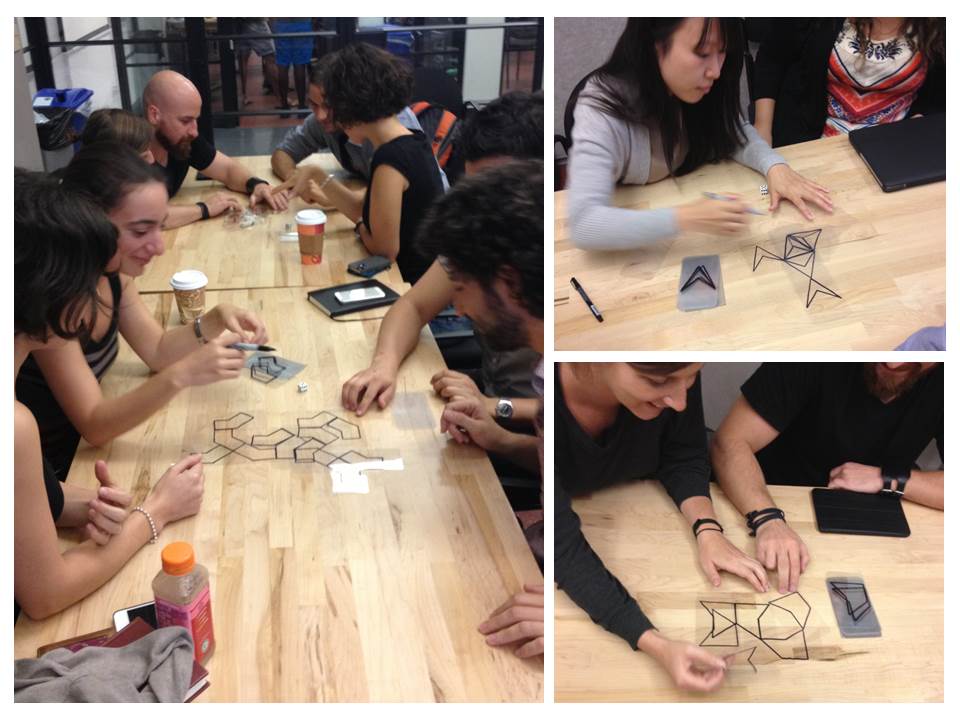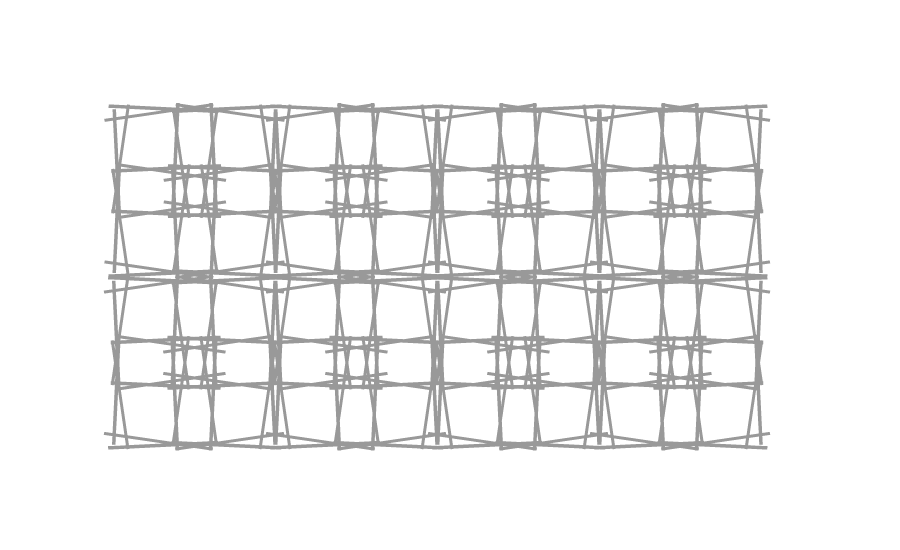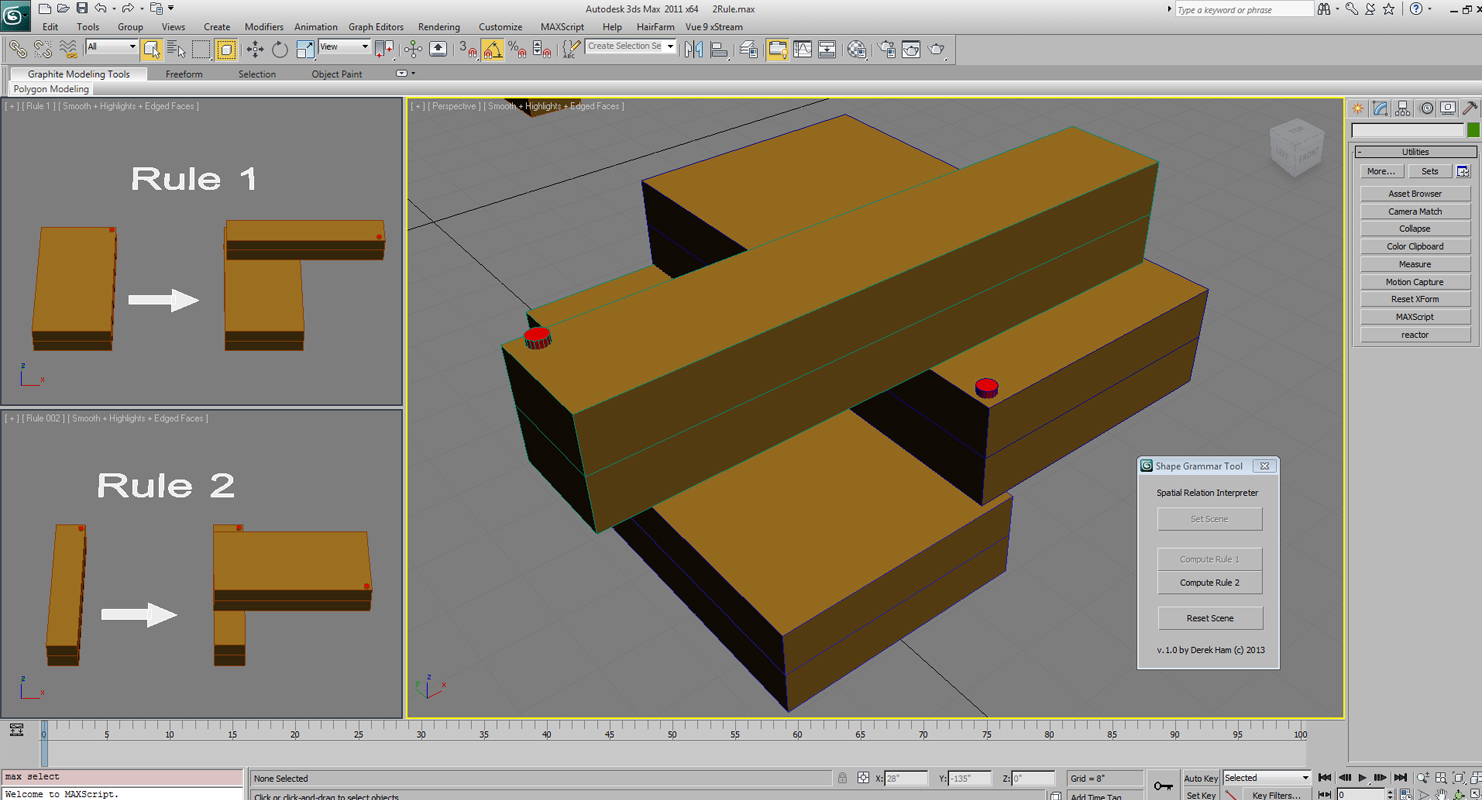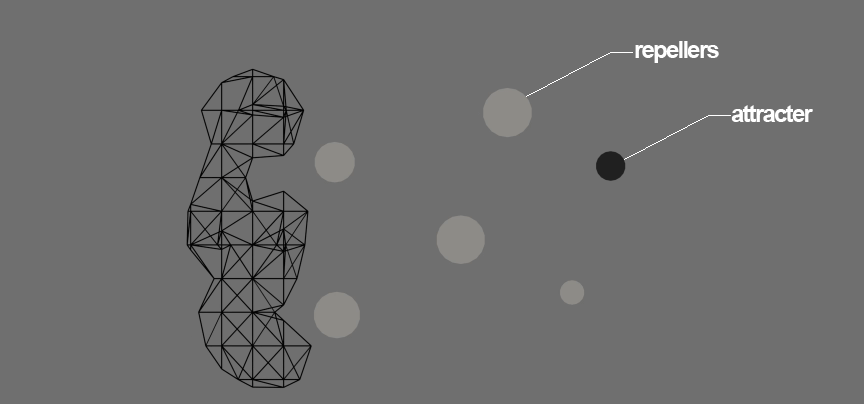Sacred VR
Posted on 20 February 2017
RTP 180
Sacredness changes our poster. Sacredness alters our behavior. We hold on to it. We fight for it. And its this concept of sacredness that we find something so dear to the human experience, I’m almost hesitant to challenge interpreting it in the digital. Can we achieve sacredness in VR?
Tangible VR
Posted on 01 August 2016
Design Camp 2016
All of this is exciting, but much of the VR industry has placed emphasis on the end user to be only consumers of VR. The barrier to create VR content is high, and VR content aimed towards young children is not collaborative. The projects din this curriculum reduce several barriers and makes VR content creation accessible to all.
On the Line
Posted on 13 March 2015
2015 Game Launch!
My game "On the Line" has finally launched! This brain teaser (published by Brainwright) comes directly out of the Shape Grammar pedagogy. Through playing this game players can embed shapes and discover emergent designs with four simple shape pieces. The game has been referred to as a “vexingly visual brainteaser” and complements the other body of games held by Brainwright including “On the Dot” and “Manifold.”
Coding, Playing, & Learning
Posted on 19 August 2014
NuVu Studio Summer 2014
Step into NuVu Studio in Central Square (Cambridge, MA) and you will find a buzzing room of excitement and energy. NuVu is a progressive alternative education environment that offers advanced course offerings to high school aged students. Each course last two weeks and range in subjects from computer games, robotics, graphic design, and fashion (to name a few). For the summer of 2014 the theme was "Fantasy" and I taught as an instructor for the video game studio.
Palladio Digitale
Posted on 15 May 2014
Computation Design Lab 2014: Beyond the Picture Plane
Architecture representation has always sought to break the boundaries of "realism" in producing imagery that mimics physical artifacts. While each drawing has its own role in presenting architectural ideas, the perspective drawing has historically been the primary product to give the viewer the experience of seeing the subject true to life. New technologies in computer modeling, gaming hardware, and virtual reality now allows us to continue pushing the limits of representation by placing the viewer "beyond the picture plane." Now we know longer just see the subject matter, but experience it spatially.
Playful Calculation = Design Creativity
Posted on 04 March 2014
Presented at the SXSWedu Conference 2014
SXSWedu 2014 in Austin, TX was a huge success! While there I gave a talk in the SXSWedu Playground. The talk challenged participants to expand their thinking on what it means to calculate and introduced preliminary research of the game "Shape It!" being used to study children's play and cognitive spatial skills at the Boston Children's Museum.
Enhancing Innovation in STEM by Exploring Aesthetics
Posted on 16 October 2013
Presented at the 2nd Annual Bridging the Gap STEM Conference
Discover how K-16 STEM curricula should readily embrace aesthetics as a core component of their pedagogy. By doing so, it opens a new world of creativity and innovation for STEM inquiry. This presentation was presented at the 2nd Annual Bridging the Gap STEM Conference in Raleigh, NC, and is a major component towards my dissertation work.
Shape Grammars in Motion
Posted on 13 April 2013
How do we describe shapes that have kinetic properties that pivot, oscillate, or even slide?
While the schema x → x + t(x) allows us to translate, rotate, reflect, or scale an object, it tells us nothing about the way in which the object physically moved. The schema x → x + m(x) along with the motion shape rules help designers describe shapes that have kinetic properties.
3D Shape Grammar Interpreter
Posted on 13 April 2013
This tool allows the designer to explore spatial relationships between any two geometries.
Using the scripting language of Autodesk’s 3D Studio Max. Witht the software a tool was developed that allows designers to explore basic Shape Grammar’s in the same way students play with the kit of parts.
Self Adapting Geometry
Posted on 13 April 2013
The designer can give“artificial life” to shapes and proceed to watch them play.
This exploration takes on a different approach to design. In modeling with AI agents and self-adapting geometries the designer takes on the role of a programmer whose main objective is to set the rules and constraints for a composition to occur.

